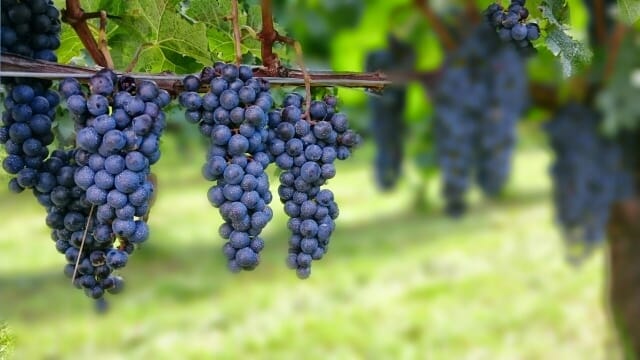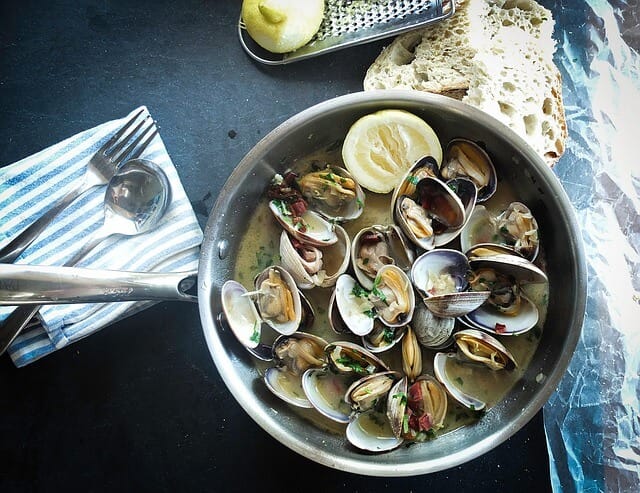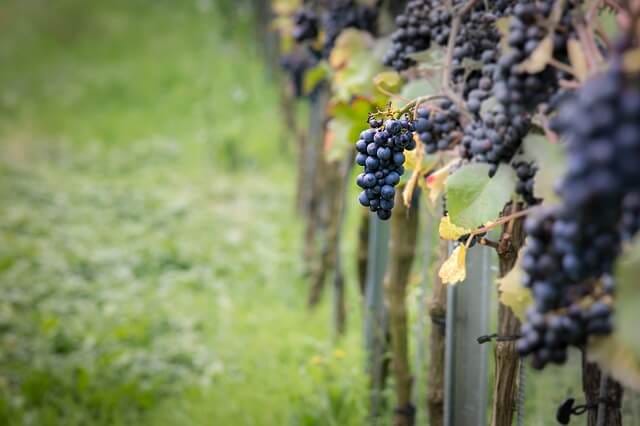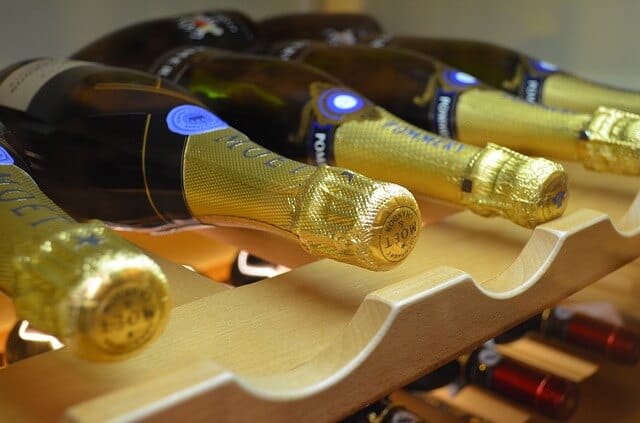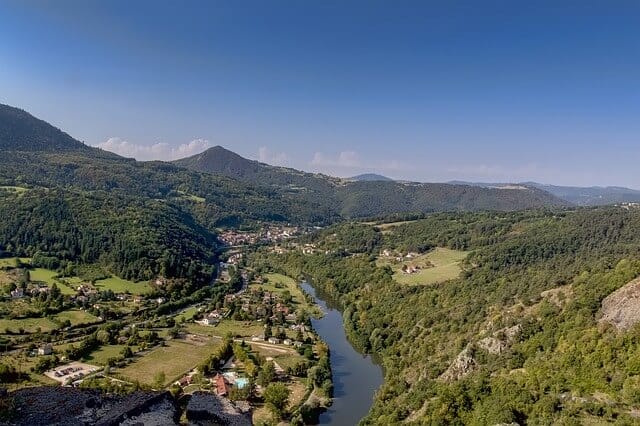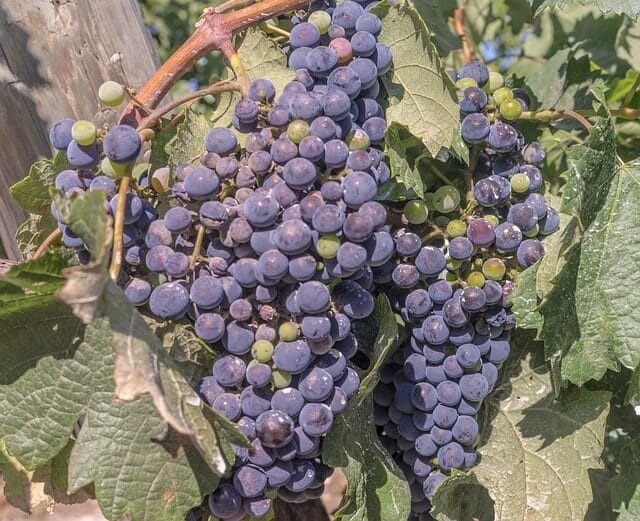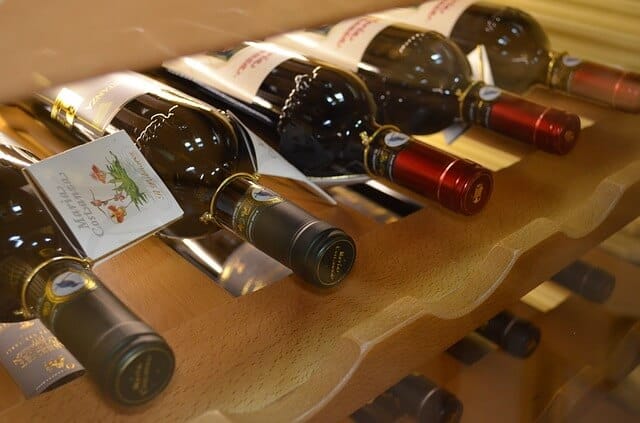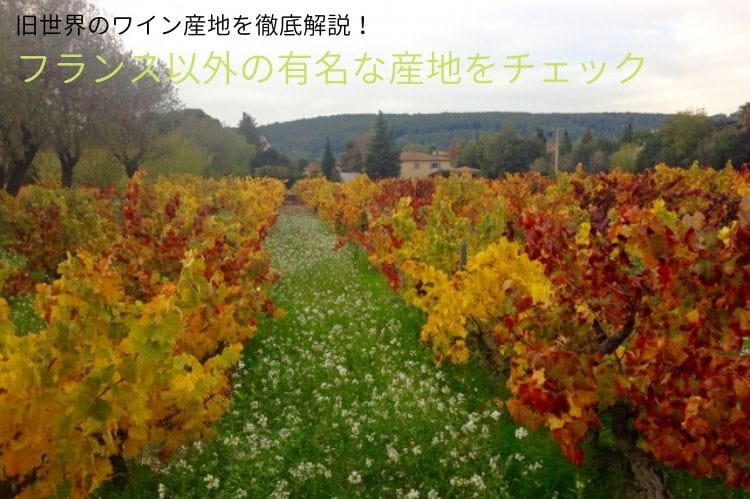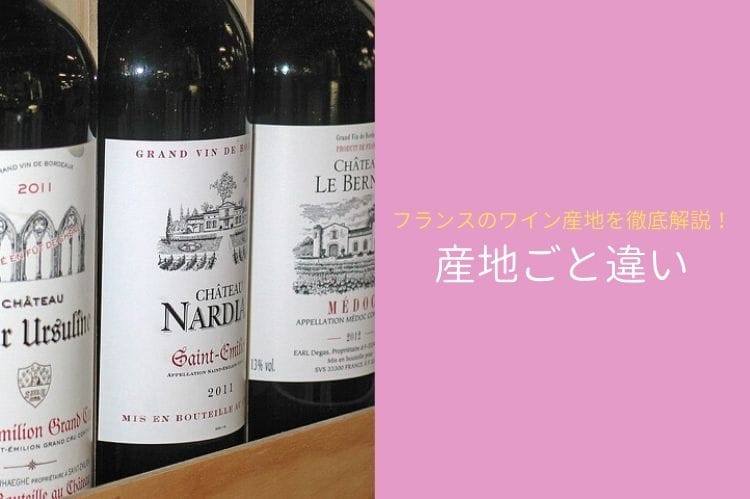
Speaking of wine, many people associate French wine. France is a representative wine-producing country, producing a wide range of high-quality wines to reasonable wines.
The history of French wine dates back to BC.
There are several typical production areas for such French wines, and the characteristics and tastes differ depending on the region.
This time, we will touch on the characteristics of each wine region in France and introduce the differences.
A thorough explanation of French wine regions! Let's check what kind of difference there is every place of production
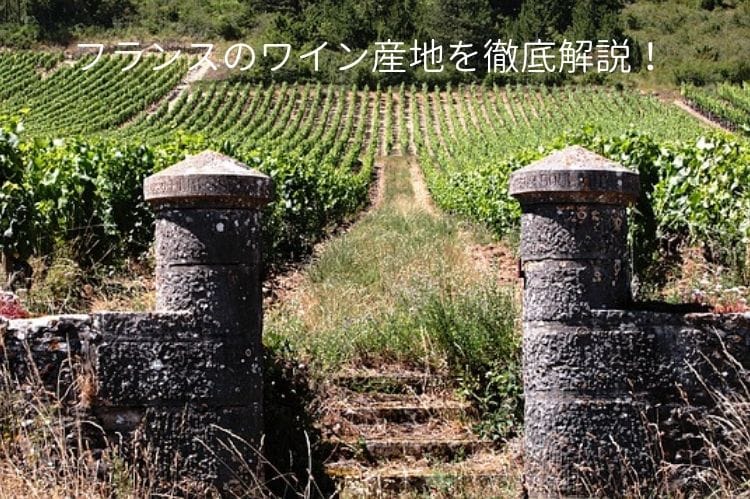
In the world of wine, the countries that have been making wine for a long time are called the "old world", and the countries where the history of winemaking is still new are called the "new world". This time, we will focus on France, the oldest wine country in the world, and the famous wine region.
All French wines with a history of winemaking are made with great care. I would be pleased if you were interested in French wine through this article.
France boasts the world's second largest wine production after Italy. Wine production is second, but there are many famous production areas and many wine lovers love French wine.
There are a total of nine wine regions in France. The following is a brief introduction.
French wine production ①: Bordeaux
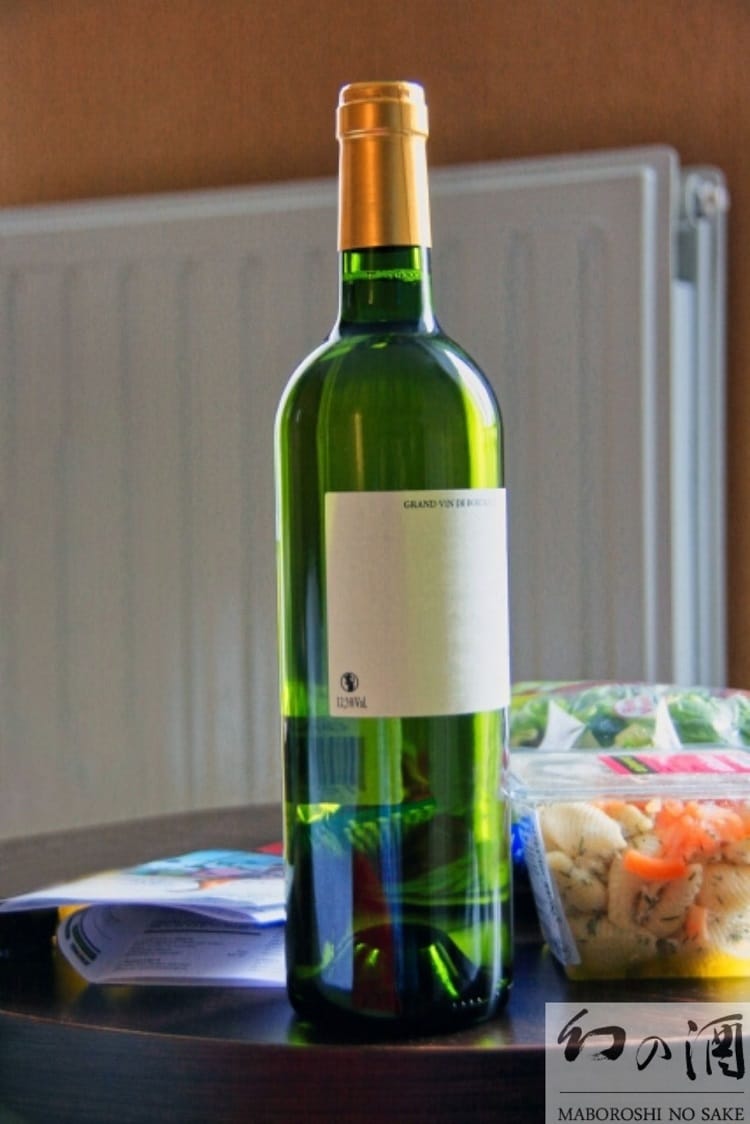
Bordeaux, known for its red wine, has three big rivers flowing through the city. (Dordogne River, Garonne River, Gironde River) From these rivers, “Right Bank” characterized by clayey soil with good water retention and “Left Bank” characterized by gravelly soil with excellent drainage Divided into two regions. On the right bank, red wines with strength and refined softness are produced, mainly "Merlot" and "Cabernet Franc". On the left bank, delicate and powerful red wines are produced, mainly "Cabernet Sauvignon". It is.
The biggest feature of Bordeaux wine is its complex and delicate taste, made by blending multiple grape varieties. Bordeaux wine is said to be “the queen of French wine” because this taste feels feminine.
Bordeaux wine has many "châteaux"
Many Bordeaux wine makers have the name “Chateau”. A chateau is a person who has his own field and is responsible for everything from grape cultivation to wine brewing. The chateau is a style found throughout Bordeaux, centering on the left bank. Some of the chateaus have their own fields where multiple grape varieties can be cultivated, and many people make wines by blending at their own ratio.
The pinnacle of Bordeaux wine "The Great Chateau"
The five major chateaus are the four Châteaus that have been given the title of the 1855 class in the Bordeaux ’s unique “Grand Cru”, which began at the Paris World Exposition in 1, and the “Chateau Mouton” that was promoted in 1973.・ Stab a total of 5 wines from Rothschild. These are also called the pinnacles of Bordeaux wines, and they raise the presence of Bordeaux wines.
[Five Great Chateau]
・ Chateau Lafitte Rothschild
1, the top of the Bordeaux Great Chateau, has maintained the top position of the 855 class since 1. It has a well-balanced and elegant taste and is full of dignity.
・ Chateau Latour
A chateau that produces stable wine every year. It is praised as it gets better as time passes, and is characterized by a solemn taste that is resistant to long-term aging.
・ Chateau Mouton Rothschild
This wine was promoted from 2nd to 1973 in 1. Labels are produced by painters who represent the era every year, and are popular with collectors.
・ Chateau Margaux
The most feminine nuance of Bordeaux wine. It is also known as a wine loved by the great writer Hemingway, and appears in the novel Lost Paradise.
・ Chateau au Brion
It's the only chate in the Grave area chosen from outside the Medoc area.
Bordeaux specialty "Medoc Marathon"
The Medoc Marathon is a rare marathon event where wine is served at a water supply station that exceeds 20. In addition to wine, authentic cuisine is served, making it an annual Bordeaux event where wine lovers gather from all over the world.
If you like wine, it ’s a marathon!
Is it profitable to know? French red wine features: Bordeaux
French wine region ②: Burgundy
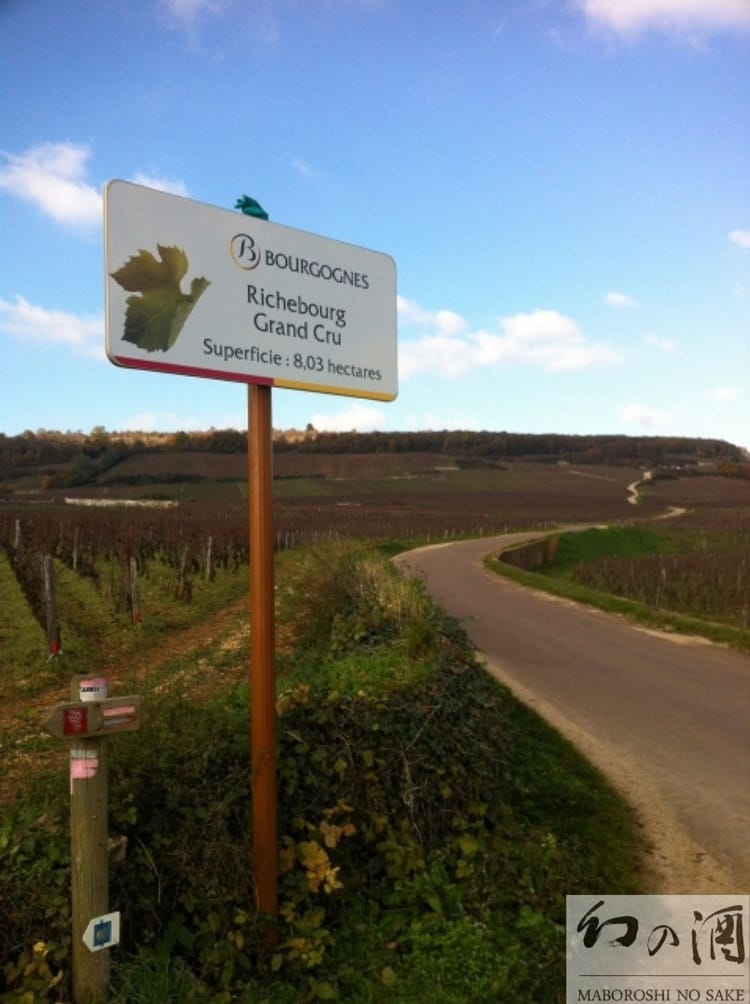
The Burgundy region is also called the sacred place for wine. In most cases, grapes are cultivated in subdivided fields, and wine-making by small-scale producers is actively carried out. The world famous "Romanée Conti" is a wine made in this region.
Burgundy wines are basically made in a single variety using “Chardonnay” for white wine and “Pinot Noir” for red wine. Old world wines are based on blended wines that use multiple grapes, so burgundy wines are a different kind of thing.
What is “Three Great White Burgundy Wines”?
The Burgundy region is famous for its white wine. Among them, the most famous one is called “Burgundy Three Great White Wines”.
Burgundy's three major white wines are made in the following three regions and are popular worldwide.
Mon Rush (Côte de Beaune)
Meursault (Côte de Beaune)
Colton Charlemagne
Golden Hill "Coat Doll"
“Côte d'Or” is the name of a hilly area that spans the Côtes de Nuits area, famous for its red wine, and the Côtes de Beaune area, famous for its white wine. Known as the region that produces the greatest wines in Burgundy.
Is it profitable to know? French red wine features: Burgundy
French wine production ③: Beaujolais
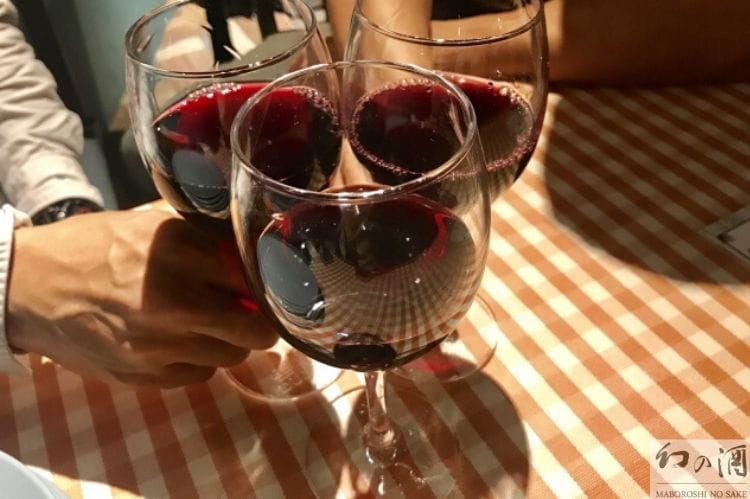
Beaujolais is the production area of the world-famous new sake “Beaujolais Nouveau” and is a popular wine region in Japan. It is famous as a new wine, but it also produces high-grade wines that are aged for a long time, and it is a production area where you can enjoy various types of wine.
The biggest feature of Beaujolais wine is that it incorporates a brewing method called “Maseracion Carbonic”. Maseracion Carbonic is a method of fermenting naturally by putting it in a stainless steel tank without crushing the grapes. The wine produced by this brewing method is finished in a mild and easy-to-drink wine.
“Cru du Beaujolais” is the top rating of Beaujolais!
“Cru du Beaujolais” is a section that produces particularly high-quality grapes in Beaujolais, and is a section that produces many long-term wines. At present, only the 10 district is certified as “Cru du Beaujolais”.
Wine theme park "Le Hameau du Vin"
In Beaujolais, there is a wine theme park and museum called “Le Hameau du Vin”. You can learn about wine in a wide range of winemaking history, manufacturing process, grape types, soil and weather that determine the taste. Furthermore, it is a place where many wine lovers gather from all over the world because you can enjoy walking around the wine fields.
French wine production ④: Alsace
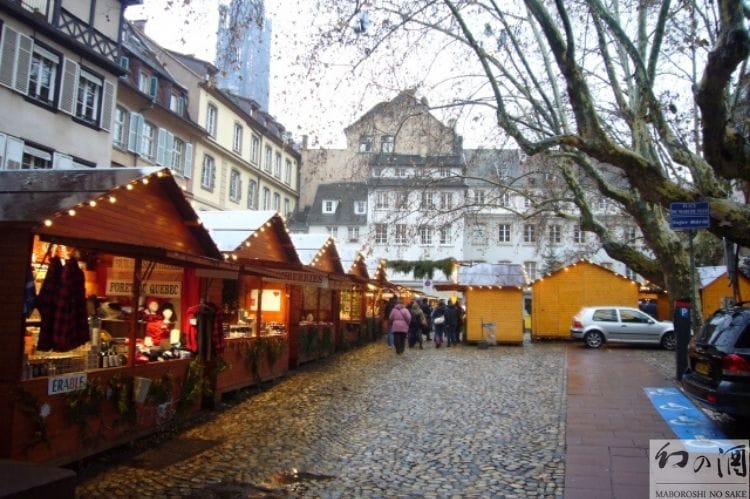
Alsace is a land with a variety of geological features, so many of them emphasize varieties over soil. About 90% of the wines made in Alsace are white wines, with a variety of unique white wines. There are also many producers of organic wines, some of which are traditional crafters who make it slowly and naturally.
Alsace wine is characterized by its unique taste with fresh acidity and fruit.
Alsace's highest rating "Grand Cru"
The highest rating of Alsace wine is the “Grand Cru” certification. In “Grand Cru”, only a single variety of white grapes is allowed. The four varieties recognized by "Grand Cru" are as follows.
Riesling
Geverztraminer
Pinot Gris
Musca
Is Alsace wine like German wine?
Alsace is a very cold region in the northeast of France. Since it is bordered by Germany across the Rhine, there are many parts that are similar to German wine, such as the varieties to be cultivated, such as Riesling, and similar bottle types.
However, the taste is not similar: Alsace wine is dry, whereas German wine is sweet.
Explanation! The difference between Chablis and other white wines: Alsace
French wine production ⑤: Champagne

Champagne is a region famous for sparkling wine. Only those that meet the strict requirements can be called champagne, so there is basically no low-quality champagne.
[Conditions for naming Champagne]
・ Made in the Champagne region of France.
-Grape variety must be Chardonnay, Pinot Noir, Pinot Meunier.
-Harvest by hand.
-Perform secondary fermentation in bottles.
-The gas pressure is 5 atmospheres or more.
-Allow the specified aging period to elapse.
Three grades of champagne wine
There are three grades of champagne wine.
The first is called “non-vintage champagne” and is a typical champagne wine. The second is called “Vintage Champagne” and is only produced in the years when the grapes were good.
In addition to the above two, I want to remember “Prestige Champagne”, the highest grade. Champagne wine made with the finest grapes and made by the maker, and there are many famous brands such as Don Perignon.
Two types of builders called “NM” and “RM”
There are two main types in the Champagne region.
One is a major producer called Negosian Maniburan (NM), which brews raw grapes and wines from other sources as well as from other fields.
The other is a small-scale producer called Recoltan Manibulan (RM), where everything from cultivation to brewing is done in-house, resulting in a wine with a unique taste.
Champagne wines are mostly major producers, but small producers should also check.
French wine production area ⑥: Langdog & Luchon
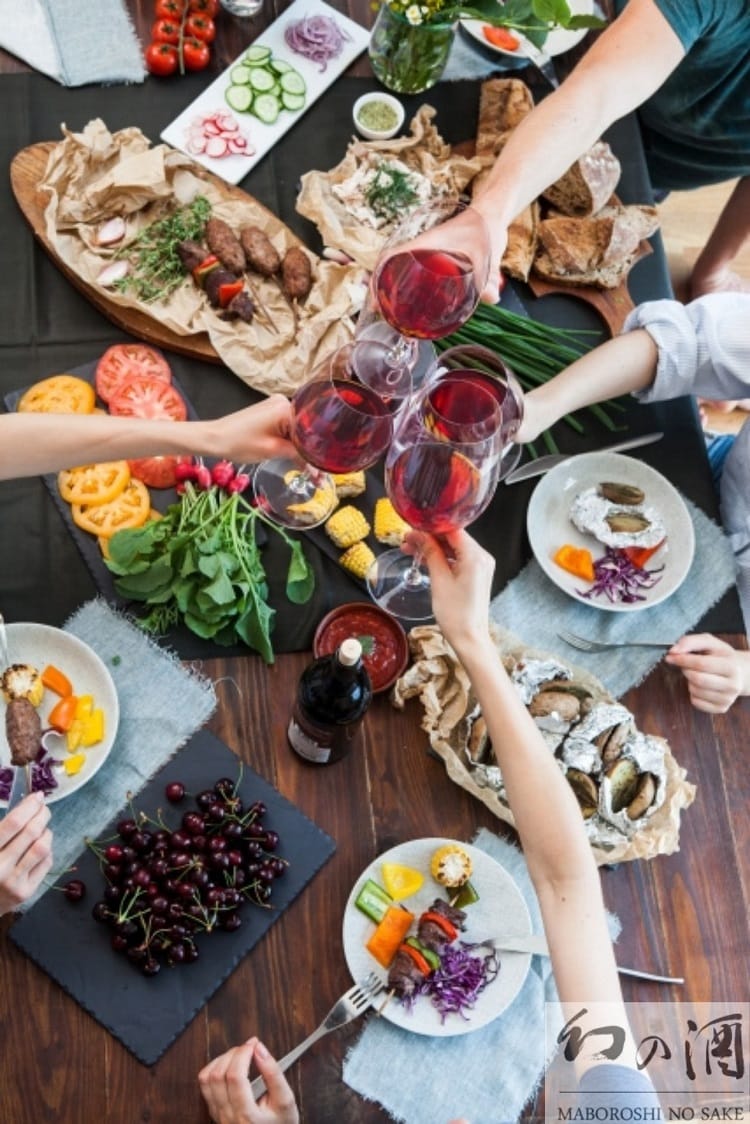
Most of the wines made in the Langdog and Luchon region are table wines that can be enjoyed easily. Therefore, it's a perfect wine for drinking with friends, rather than tasting and drinking.
There are lots of cheap and delicious wines, making it a secret place for French wine.
Production volume is No. XNUMX in France!
The Langdog and Luchon regions are all rich in sunshine and have a dry climate suitable for grape growing. Taking advantage of its climate, it produces about 40% of French wine and is attracting attention as the fastest growing wine region in France.
Alcoholic wine "VDN"
In Langdog & Rushon region, which produces a variety of wines, wines with enhanced liquor tax are also actively produced. Among them, “Van de Naturale (VDN)” is a wine tax-enhanced wine that is highly regarded for its love with chocolate and is highly regarded.
Difference between Chablis and white wines from other regions: Languedoc-Roussillon
French wine production ⑦: Provence
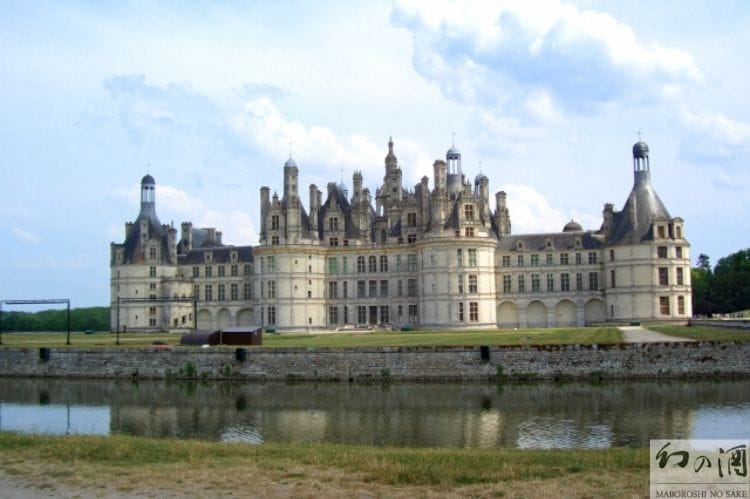
Provence is a region called the world's best rosé production area. It has the oldest history in France and is known for its dry rosé wine.
It accounts for 40% of French rosé wine production. Provence rosé wine is recommended to be chilled on a hot summer day, and it is easy to match with food and is loved everywhere. There are also many organic wine makers that incorporate organic cultivation, and there are some hidden wines, so it can be said that this is one of the notable production areas.
The regional style called Mistral has a great influence on the taste of Provence wine. Mistral is a west wind that blows from the Atlantic Ocean and blows down into the Alps and changes into a cold and intense north wind.
Mistral has both good and bad aspects. The good side is that it dries the air and protects the grapes from illness, and the bad side is the quality effect caused by the sudden drop in temperature.
The difference between Chablis and other white wines: Provence Corsica
French wine region: Loire
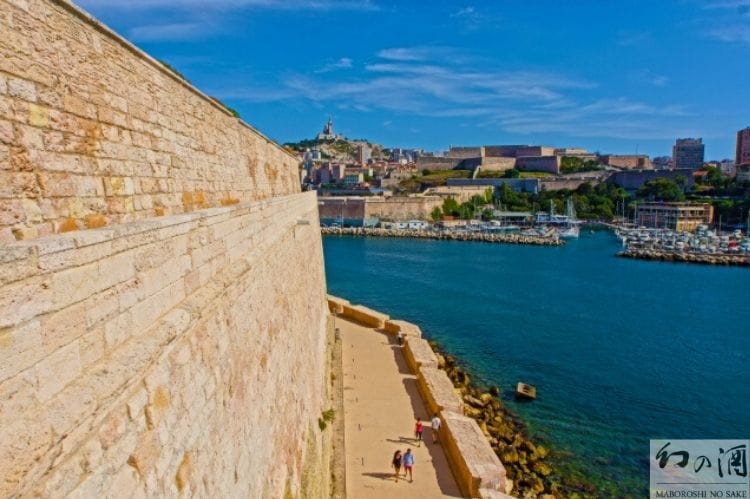
The Loire region is dotted with important historical cities such as Montsoreau and Orleans, and there are old castles that exceed 100.
Loire is as vast as the Kanto region of Japan, and the same Loire region has different climates, soils, and topography. The result is a variety of wines such as red, white, rose and sparkling.
Loire is an area blessed with agricultural products, and in order to make use of the ingredients, wines are often fresh and refreshing.
Loire's Four Big Roses
There are four rosé wines in the Loire called the Four Great Roses. Each is a unique rosé wine that you want to try once.
[Loire's Four Big Roses]
Rose Danjou (sweet)
Cabernet d'Anjou (sweet)
Cabernet de Saumur (dry)
Rose de Loire (dry)
“Sur Lee” is a characteristic of Loire!
In the Paynante area of the Loire region, wine making is done using a method called Sur Lee. Specifically, it is a manufacturing method in which wine and starch are kept in contact with each other in a tank for a long time without fermentation after fermentation.
The wine made with Sur Lee has a deep taste, with the umami contained in the starch blended into the wine. Compatibility with pale seafood is outstanding.
French wine region: Cote du Rhone
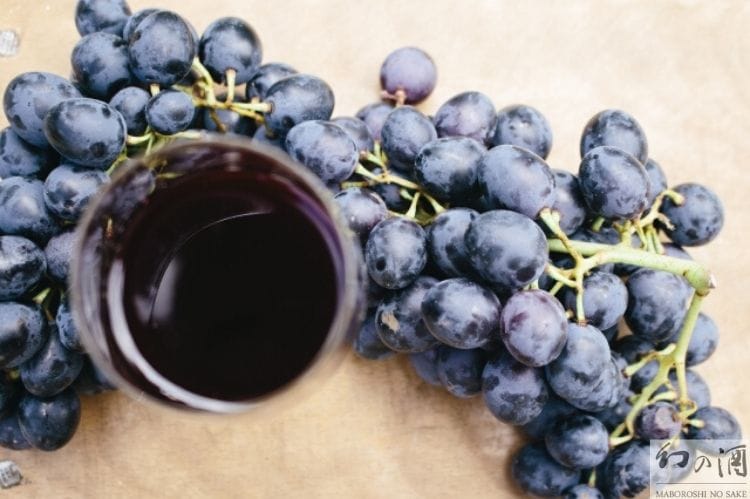
Among the Rhône regions, which boast wine production after Bordeaux in France, Côtes du Rhône is an appellation that shows the entire region of Rhône.
Cote du Rhone, which is long from north to south, produces wines of completely different styles in the north and south. The north is blessed with sunshine, and it is mainly made from a single variety of wine. On the other hand, in the southern part, the hilly area is wide and the cultivation area is large, blend wine is mainly, and it bears most of the production of Rhone wine.
The main grape varieties of the Côtes du Rhone are Schiller and Grenache for red wines and Viognier and Grenache Blanc for white wines.
Produced by the Pope
The most well-known in the Cote du Rhône is the “Châteauneuf du Pape” production area. Châteauneuf du Pape means “the new castle of the Pope” in French, and there is a history that wine making became active as Pope Johannes 22 set up a palace here.
Unusual red wine `` Van de Paille ''
The Côte du Rhône has a rare red wine called “Van de Paille”. This is the harvested grapes are dried on the grapes for over 6 weeks, drained to condense the sugar content, slowly fermented over 1 years, and then aged over 2 to 5 years is.
The “Van de Paille”, which is made with time and effort, is also known as vine wine and is only made in a limited area in France.
Is it profitable to know? French red wine features: Cote du Rhone
Summary
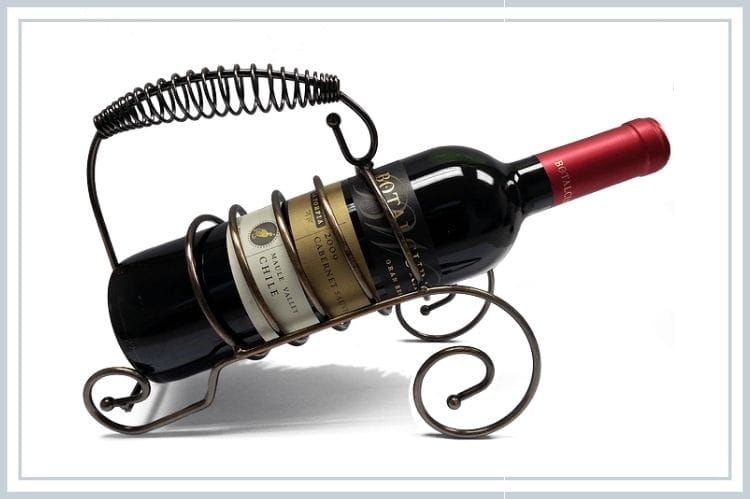
This time, I explained the characteristics of French wine regions.
France has many wine regions that are famous worldwide. Therefore, there are various French wines. Famous wines and wine flavors vary from region to region such as Bordeaux, Burgundy and Champagne in France.
If you want to know more about French wine, why not try and compare the wines from the production areas introduced here? There must be new discoveries!
→Click here for Amazon French Wine

